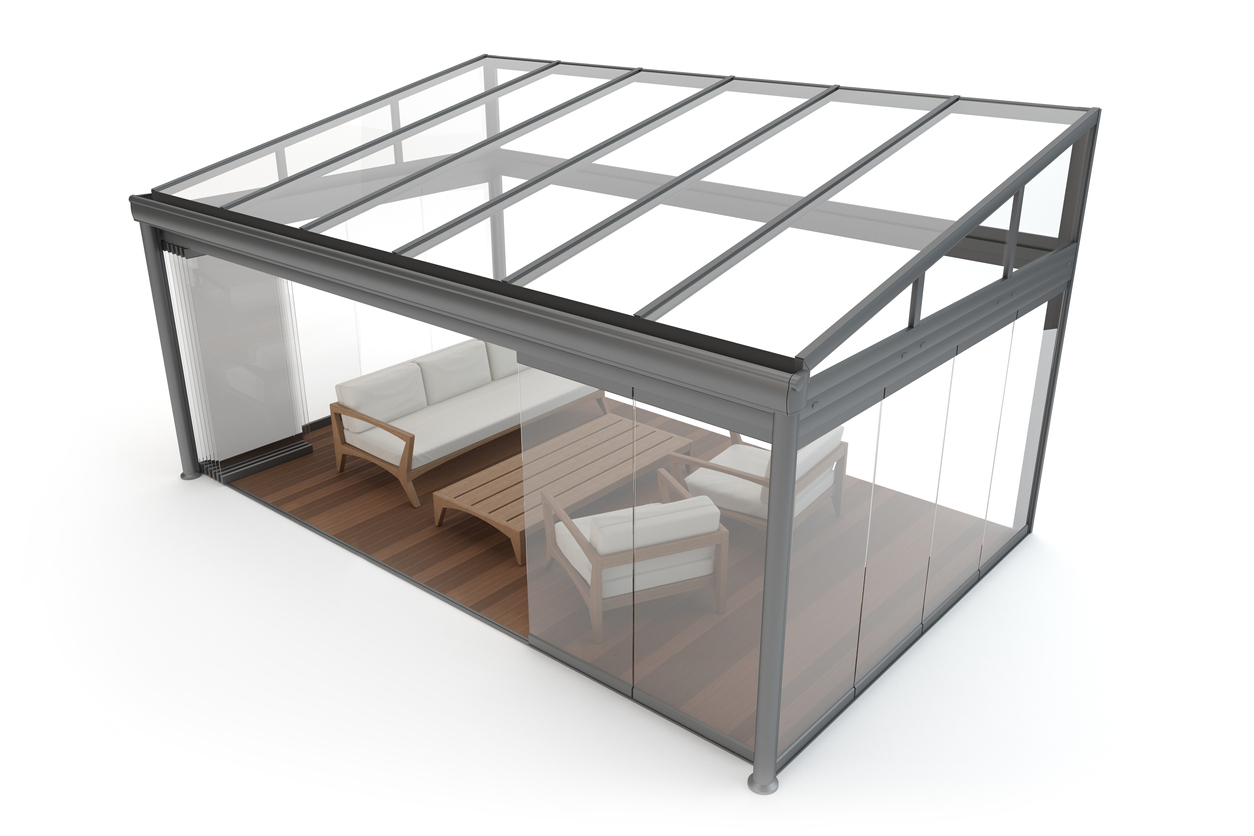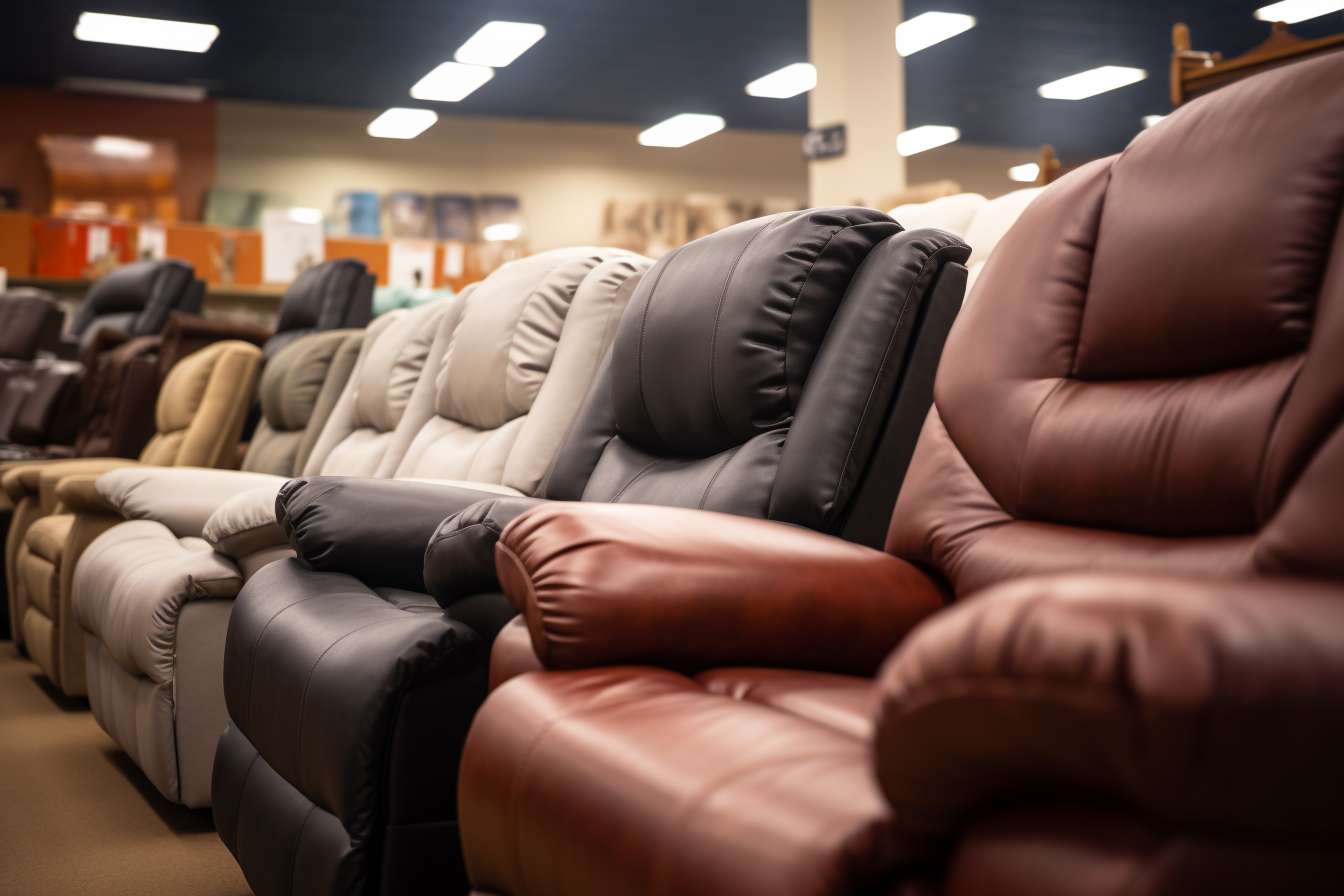The Ultimate Guide to Choosing the Perfect Dining Room Furniture
Selecting dining room furniture is one of the most important decisions you'll make when designing your home's gathering space. The dining room serves as the heart of family meals, holiday celebrations, and entertaining guests, making it essential to choose pieces that balance functionality, comfort, and aesthetic appeal. From understanding different furniture types to considering materials and space constraints, this comprehensive guide will help you make informed decisions that enhance both your daily dining experience and your home's overall value.

Understanding the Importance of Restaurant Furniture Quality Standards
When choosing dining room furniture, it’s valuable to consider the standards used in restaurant furniture, as commercial-grade pieces are designed to withstand heavy daily use. Restaurant furniture undergoes rigorous testing for durability, stability, and safety, making these standards excellent benchmarks for home dining furniture. Commercial-grade dining sets typically feature reinforced joints, scratch-resistant surfaces, and materials that can handle frequent cleaning. While you may not need furniture quite as robust as commercial pieces, understanding these quality markers helps you identify well-constructed home furniture that will last for years. Look for features like solid wood construction, metal reinforcements at stress points, and high-quality finishes that resist wear and staining.
Types of Dining Room Furniture and Their Functions
Dining room furniture encompasses several key pieces, each serving specific functions in your dining space. The dining table serves as the centerpiece and should accommodate your household size plus occasional guests. Standard dining chairs provide everyday seating, while accent chairs or host chairs can add visual interest at table ends. Storage pieces like buffets, sideboards, and china cabinets offer both functional storage and display space for dinnerware and serving pieces. Bar carts provide mobile storage for beverages and serving accessories. Additional seating options include benches, which can save space and create a casual atmosphere, and upholstered dining chairs that add comfort for longer meals. Consider your entertaining style and storage needs when selecting which pieces to include in your dining room layout.
Materials Matter: Choose Durable and Stylish Styles
The materials you choose for dining room furniture significantly impact both durability and style longevity. Solid hardwoods like oak, maple, cherry, and walnut offer exceptional durability and can be refinished multiple times throughout their lifespan. These materials develop character over time and work well in traditional and transitional design styles. Engineered woods and veneers provide attractive alternatives at lower price points, though they may not last as long as solid wood. Metal frames, particularly steel and aluminum, offer modern aesthetics and excellent durability, often paired with wood, glass, or stone tops. Glass tops create an airy feel and work well in smaller spaces, though they require more maintenance. Stone materials like marble or granite provide luxury appeal but require careful consideration of weight and maintenance requirements. When selecting materials, consider your lifestyle, maintenance preferences, and long-term design goals.
Space-Efficient Design Strategies for Every Dining Room
Maximizing your dining room’s functionality requires thoughtful space planning and furniture selection. Measure your room carefully, allowing at least 36 inches between the table edge and walls or other furniture for comfortable chair movement. Round or oval tables work well in smaller spaces and promote conversation, while rectangular tables maximize seating in longer rooms. Expandable or drop-leaf tables provide flexibility for both everyday use and entertaining. Built-in banquettes or corner seating can maximize seating capacity in tight spaces. Wall-mounted or floating shelves offer storage without floor space requirements. Multi-functional pieces like storage benches or expandable consoles serve double duty in compact rooms. Consider the room’s traffic flow and ensure clear pathways between the dining area and adjacent spaces. Proper lighting placement, including pendant lights or chandeliers centered over the table, enhances both functionality and ambiance without consuming floor space.
| Furniture Type | Average Price Range | Key Features | Best For |
|---|---|---|---|
| Solid Wood Dining Set (Table + 4 Chairs) | $800 - $3,000 | Durable, refinishable, classic appeal | Traditional homes, long-term investment |
| Metal/Glass Contemporary Set | $400 - $1,500 | Modern aesthetic, easy cleaning, lightweight | Modern spaces, apartments |
| Expandable Dining Table | $600 - $2,500 | Adjustable size, space-saving, versatile | Small spaces, frequent entertaining |
| Upholstered Dining Chairs (Set of 4) | $300 - $1,200 | Comfort, style variety, customizable | Formal dining, comfort priority |
| Buffet/Sideboard | $400 - $2,000 | Storage, serving space, display area | Storage needs, entertaining |
Prices, rates, or cost estimates mentioned in this article are based on the latest available information but may change over time. Independent research is advised before making financial decisions.
Maintenance and Longevity Considerations
Proper maintenance ensures your dining room furniture investment pays off over time. Wood furniture benefits from regular dusting, periodic conditioning with appropriate oils or waxes, and protection from direct sunlight and heat sources. Use coasters, placemats, and trivets to prevent water rings, scratches, and heat damage. Metal furniture requires periodic cleaning with appropriate cleaners and inspection for loose joints or hardware. Upholstered pieces need regular vacuuming and professional cleaning as needed. Consider applying protective treatments like tablecloths, glass tops, or furniture pads for high-use pieces. Establish cleaning routines that match your lifestyle and furniture materials. Quality furniture properly maintained can last decades and often improves with age, making it a worthwhile investment for your home.
Choosing the perfect dining room furniture involves balancing aesthetics, functionality, durability, and budget considerations. By understanding quality standards, exploring various furniture types, selecting appropriate materials, and planning for your space constraints, you can create a dining room that serves your family’s needs for years to come. Remember that dining room furniture is a long-term investment, so prioritize quality construction and timeless design over trendy styles that may quickly become outdated. Take time to measure carefully, research materials, and consider your maintenance preferences before making final decisions.




